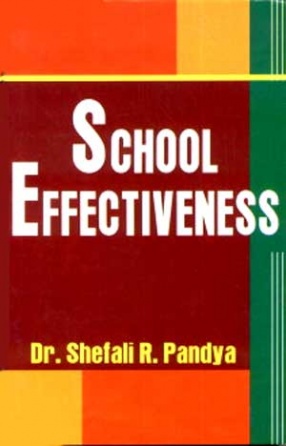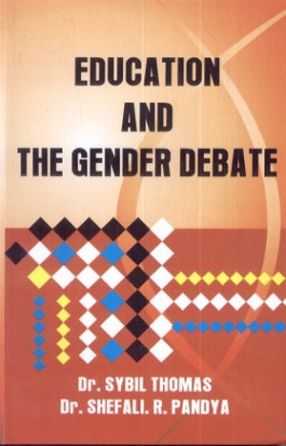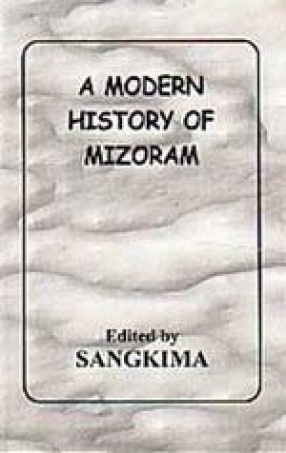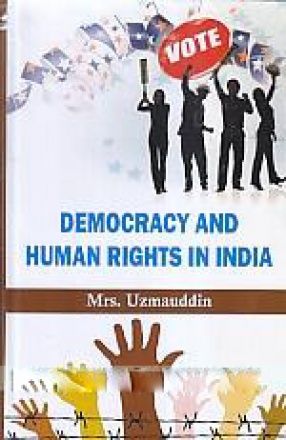In recent years there has been an increased interest in the area of school effectiveness and school improvement by policymakers, academicians, practitioners, parents and society at large. This could be attributed to the dual levers of accountability and competition that is evident in the Indian educational scenario. In an effort to achieve this educators and researchers have asked questions like What do effective schools look like? What factors contribute to the concept of effective schools? and What are some indicators to decide upon whether a school is effective or not? In the answers to these questions the researches in this field have mainly concentrated on two approaches to school effectiveness. Firstly, effectiveness is viewed as a product in the sense that schools are evaluated based on the outcomes and characteristics of the schools. The second approach is determining the processes that contribute to effective schools.
Empirical evidences also inform us that the central aim of the studies on school effectiveness is to judge the different schools in terms of their products and to answer questions like can differences in the resources, academic processes and organizational processes bring about differences in student outcomes and to what extent? In broader terms, school effectiveness tradition concerns itself with the extent to which schools differ from one another. In the western countries, since past one decade, the field has encompassed a broader range of objectives and have used the value added model to compare schools (Thomas and Mortimore, 1996; Samssons 1999)
The author of this book too, draws it base form the different trends in school effectiveness research and tries to answer the pressing question that most parents, academicians and researchers are asking in India today in the area of research and that is Do SSC, ICSW and CBSE schools really differ in their bringing about different student outcomes? The outcome variables that are compared are; academic achievement academic self-concept, social self-concept and attitude towards the school. The design of the study includes and amalgamation of two approaches, the value added approach and the linear hierarchical model. The statistical methodology used to make the necessary analysis include Dyer’s Regression Residuals Method and Factorial Design. The control variables are the socio-economic status (SES) and prior academic achievement of students. The comparison of the schools is done firstly by controlling the SES as well as by controlling the prior academic achievement of the students.






There are no reviews yet.